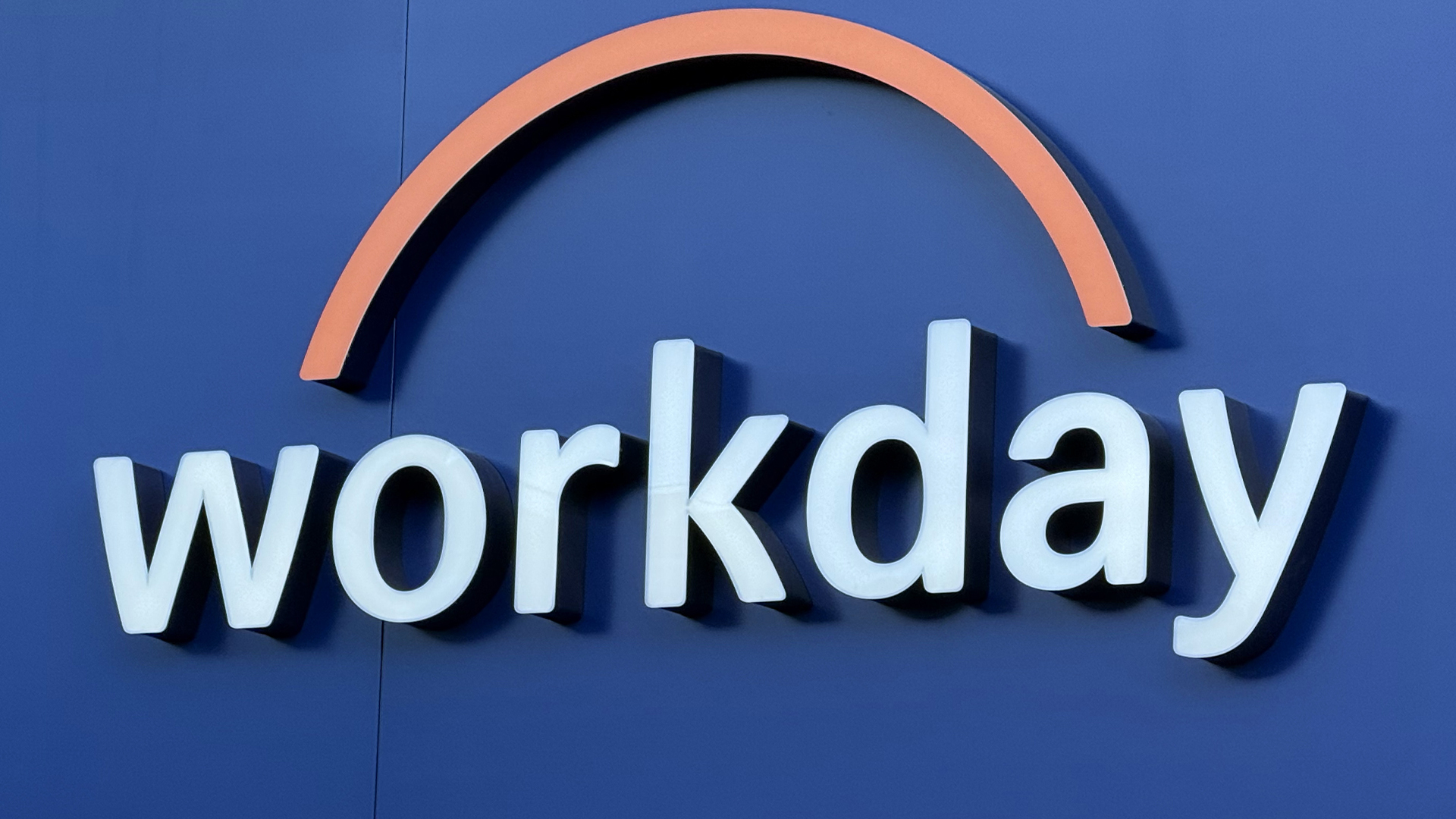Should your business issue a hiring freeze?
Issuing a hiring freeze can save money in the short term, but leaving one in place for too long might be counterintuitive


According to KPMG, recruitment activity slowed to a 19-month low in September last year, with vacancies expanding at the lowest level since February 2021. These findings are supported by the Office for National Statics (ONS), which showed online job advertisements down by a fifth in early January 2023.
Amid the cost of living crisis, and an emphasis on cost-saving measures, weathering the economic storm is fast becoming a mantra for all businesses, regardless of size. It’s an alarming time, and a flurry of layoffs across the tech sector, for example, shows even large corporations are seemingly not immune to the effects of an economic downturn. Research from the recruitment platform Employ, too, suggests fewer job offers are being accepted, with 61% of HR professionals stating 2023 will continue to be challenging when hiring new staff.
With a hiring freeze seen as a go-to tactic for many businesses, executives will question what pausing recruitment might achieve in terms of cost savings, and whether a hiring freeze is right for them in light of the ongoing economic pain. Experts, however, feel that issuing a hiring freeze, if not managed correctly, can lead to staff demoralisation and attrition.
Why do businesses issue a hiring freeze?
Many businesses see a hiring freeze as a way to avoid expenditure – or defer spending until the economic picture improves. "Some employers, even those who anticipate that the recession may be short, are taking steps now to contain costs, including hiring freezes,” explains Claire Warnes, head of education, skills and productivity at KPMG UK.
Chon Tang, a founding partner of Berkeley SkyDeck Fund, tells IT Pro the approach to hiring has certainly changed, and a key driver might be that businesses have stockpiled staff already.
"Not just major enterprises, even well-funded early-stage start-ups at Berkeley SkyDeck have also dramatically adjusted their hiring plans as the macroeconomy begins to slow down,” Tang says. “On a practical basis, the arms race for talent has slowed down. When every skilled engineer is bombarded with multiple offers, start-ups can't wait – when someone qualified walks through the door, they have to hoard talent or risk not being able to find the right person for many months to come.”
The protection of talent within a business, at present, is clearly a driver behind the slowing of new hires. Companies can see the value of protecting their human assets to insulate them from future events that could hurt their enterprises. However, how long can a structured hiring programme remain on pause before innovation and agility are affected? Smaller businesses are by their nature more agile than larger competitors, but even corporates can only wait for a while before talent shortage begins to erode their profitability.
Stay up to date with the latest Channel industry news and analysis with our twice-weekly newsletter
Businesses are trying to do more with less
Businesses assessing the trading landscape across 2023 are considering how staffing levels will impact their ability to remain profitable. Even tech giants like Apple describe their approach to current recruitment as 'deliberate.' Enterprises are rationalising every aspect of their processes and operations to identify cost centres that can be reduced.
Investments in new talent moving forward are a critical component of all businesses' strategic development roadmaps. As they see their markets, customers, and the economic climate they are trading within changing almost daily, the prioritise business leaders are focusing on do including talent and recruitment, but this isn't their only concern. For example, the layoffs already seen across the tech sector are a symptom of a broader concern about whether enterprises can continue to offer their services and products to an audience with different drivers than just a few years ago.
RELATED RESOURCE

Sustainability and TCO: Building a more power-efficient business
Sustainable thinking is good for the planet and society, and your brand
“Clever internal mobility is often much more effective than large programmes of recruitment,” says Lu Hayward-Graham, global client services director, Cielo. “The objective is to move talent around the business to get through the tricky period, for example redeploying and mobilising existing talent.
“Proactive and reactive internal mobility is about reaching out to those individuals that are around 60% fit to their role and asking, “have you thought about applying to this other, more suitable role?” If you need to fulfil a role during this downturn period, you must advertise this internally. Employees need sight of every scenario, so they know it doesn’t always have to end in an exit. That’s legally defensible too.”
However, bucking the current trend is Arctic Wolf – a network security company that has continued to hire staff. "Leaders will need to keep a close eye on the culture,” CEO Nick Schneider tells IT Pro. “A hiring freeze could likely impact open backfill roles and ultimately create additional work for a team member that is spread thin. Pay attention to the signs from leaders within your organisation if their teams are struggling, as there may be opportunities to get creative and fill workforce gaps amidst a necessary freeze.”
Can a hiring freeze be counterintuitive?
The so-called great resignation is clearly a factor influencing the current labour market. Post-pandemic, the recruitment landscape has changed with a shift in emphasis towards workers who want to take more control of their working lives. The rise of hybrid working has also influenced not just how work is structured but also how workers define their jobs.
Layoffs across the tech sector have grabbed all the headlines, with many questioning what global workforce reductions say about the health of the tech industry in general. Each sector, however, will react differently to the factors influencing customers and commercial partners. It's important to put recruitment freezes into the context of a shifting post-pandemic job market, the uncertainty across all major industries, and how businesses have evolved their strategic planning.
The skills gap is still a clear and present danger to future growth and prosperity, and recruitment freezes tend to be a reaction to significant events such as the pandemic and the financial crash of 2008. However, any downturn can present an opportunity for many businesses to recruit against the tide, Ishveen Jolly, founder and CEO of OpenSponsorship, explains.
"To be honest, we haven't frozen anything,” she says. “In fact, while there has been a freeze and, indeed layoffs in the tech market, we see this as an opportunity not only to look for new talent but also to remind our existing staff that we have their backs, and OpenSponsorship is a good place to be right now. We aren't, however, just hiring for the sake of it; we are filling gaps and investing in people to grow the business.”
KPMG’s Warnes agrees in principle, saying seeing recruitment through the prism of cost-cutting might not be beneficial in the long term. “Those employers who continue to invest in their workforce, particularly upskilling, may find they weather the recession better and will be in a stronger position to benefit from the upturn as and when it comes.”
A recruitment freeze may have a short-term positive impact on a company's financial health. If a recruitment freeze is in place over a prolonged period, though, it could see key staff leaving, which could snowball into a haemorrhaging of staff that can’t be replaced. In this scenario, a business can quickly become unstable, with resignations chronic. Therefore, a clear message must be communicated to the workforce about why a recruitment freeze has been put in place to avoid eroding trust.
David Howell is a freelance writer, journalist, broadcaster and content creator helping enterprises communicate.
Focussing on business and technology, he has a particular interest in how enterprises are using technology to connect with their customers using AI, VR and mobile innovation.
His work over the past 30 years has appeared in the national press and a diverse range of business and technology publications. You can follow David on LinkedIn.
-
 The six biggest security challenges coming in 2026
The six biggest security challenges coming in 2026In-depth What will be the main challenges businesses face in 2026 and what can they do to prepare?
-
 Channel focus: All you need to know about Microsoft's partner program
Channel focus: All you need to know about Microsoft's partner programChannel Focus The veteran OS developer and vendor continues to advance its strategy, particularly in Azure cloud solutions and AI
-
 Keeper Security expands federal bench with latest senior hires
Keeper Security expands federal bench with latest senior hiresNews The security vendor has bolstered its federal team to support zero-trust access, operational execution, and government modernization efforts
-
 HackerOne eyes enterprise growth with double C-suite appointment
HackerOne eyes enterprise growth with double C-suite appointmentNews Seasoned industry executives Stephanie Furfaro and Stacy Leidwinger have joined the cyber security vendor’s executive team
-
 Enterprises are cutting back on entry-level roles for AI – and it's going to create a nightmarish future skills shortage
Enterprises are cutting back on entry-level roles for AI – and it's going to create a nightmarish future skills shortageNews AI is eating into graduate jobs, and that brings problems for the internal talent pipeline
-
 AI resume screening, recruiter chatbots, and ‘ghost jobs’ are causing havoc for struggling entry-level workers
AI resume screening, recruiter chatbots, and ‘ghost jobs’ are causing havoc for struggling entry-level workersNews A new report shows employers are cutting back on entry-level hiring, but expect things to improve eventually
-
 Workday snaps up AI-powered conversation recruitment platform, Paradox
Workday snaps up AI-powered conversation recruitment platform, ParadoxNews Workday will integrate Paradox’s AI-driven candidate experience agent to help deliver talent faster
-
 The Channel Recruiter and Nebula debut new global talent resourcing solution
The Channel Recruiter and Nebula debut new global talent resourcing solutionNews Tech Talent on Tap aims to provide channel firms with on-demand access to elite technical professionals from around the world
-
 Tech talent shortages mean firms are scrapping traditional recruitment strategies
Tech talent shortages mean firms are scrapping traditional recruitment strategiesNews With more than half of enterprise leaders worried about future skills shortages, many organizations are turning to a range of new techniques to expand potential talent pools.
-
 Employees are dead set on flexible working arrangements – three quarters would turn down a role that didn't offer hybrid options as work-life balance becomes more important than pay
Employees are dead set on flexible working arrangements – three quarters would turn down a role that didn't offer hybrid options as work-life balance becomes more important than payNews New research shows workers are increasingly demanding flexible working arrangements from employers.
